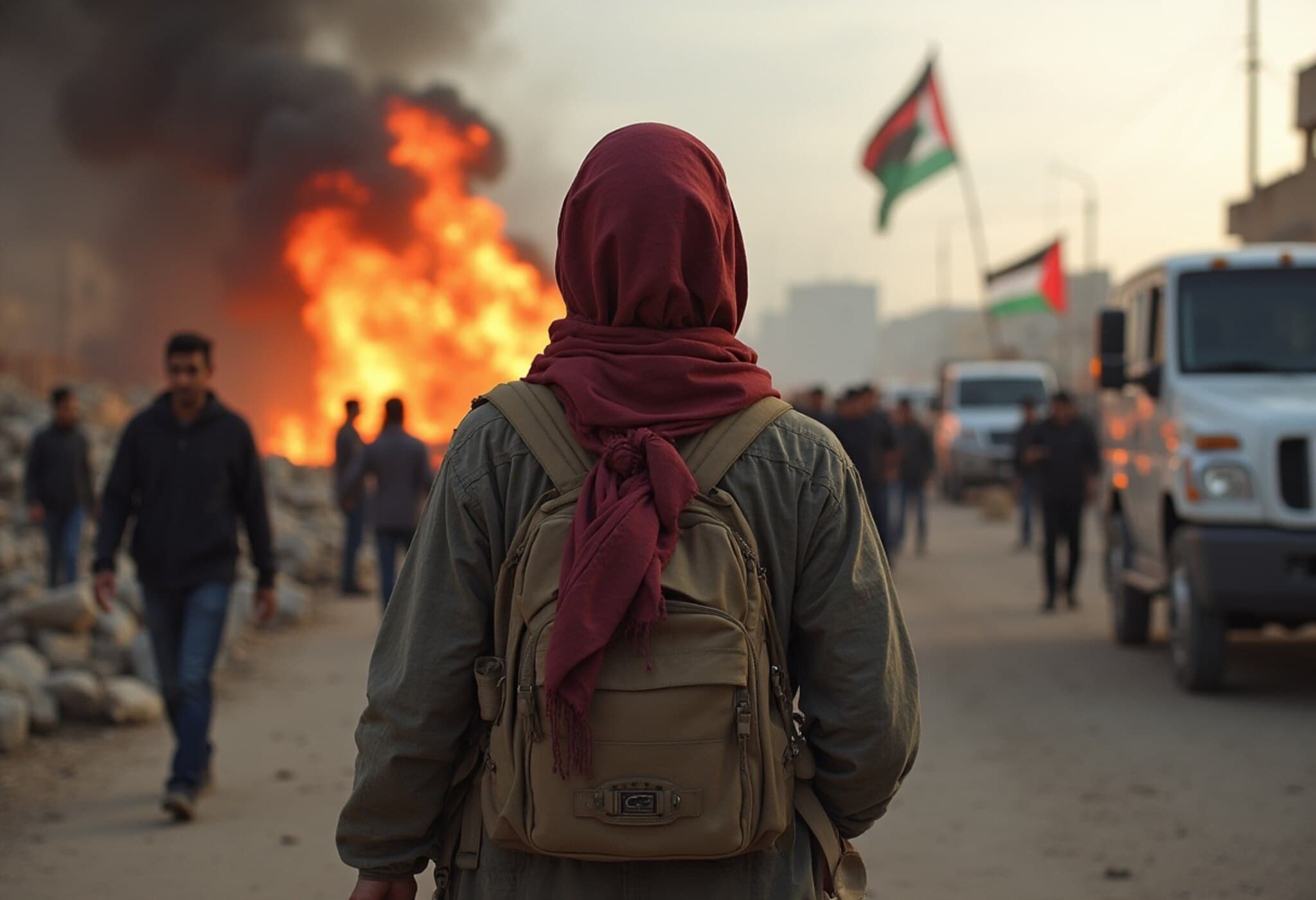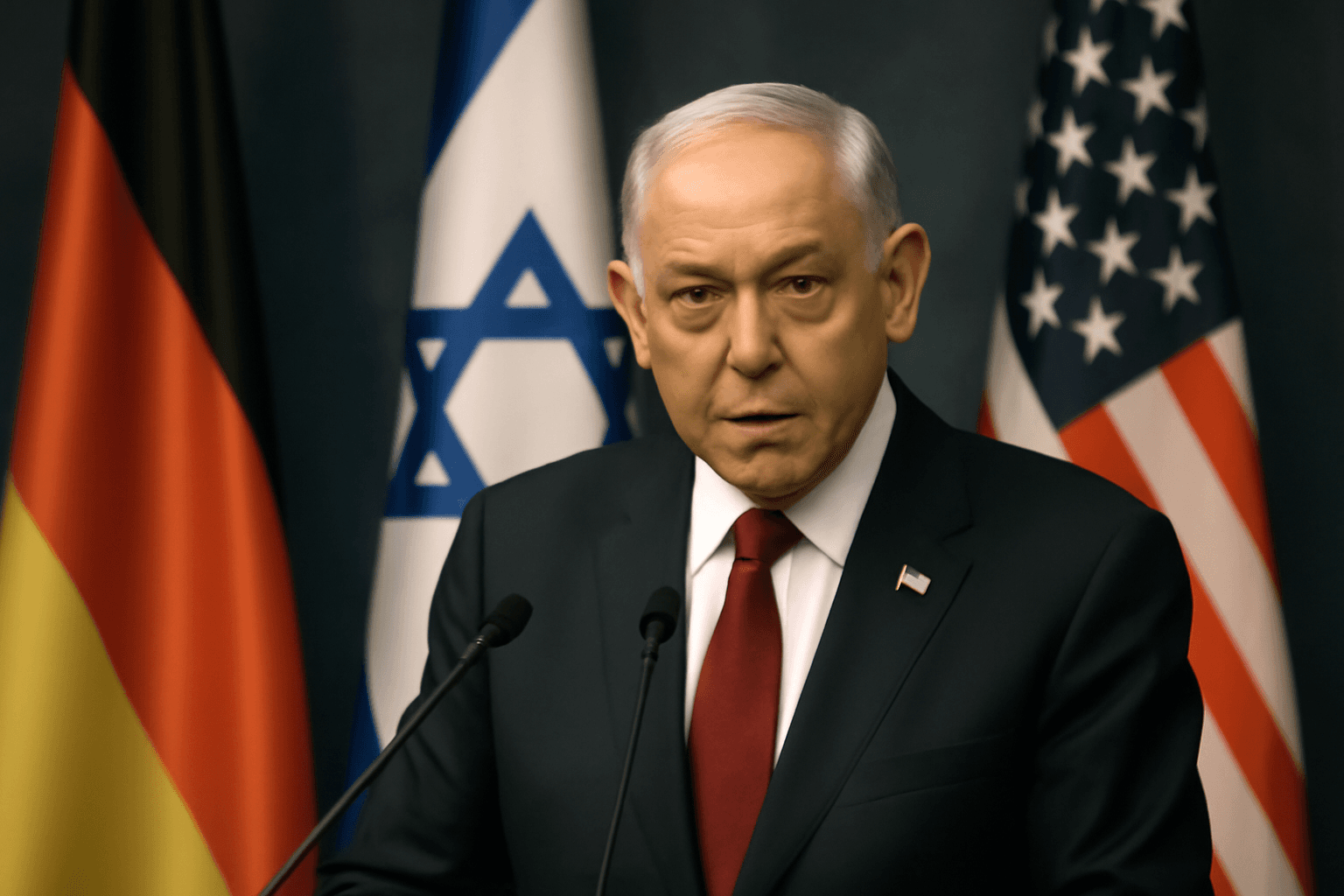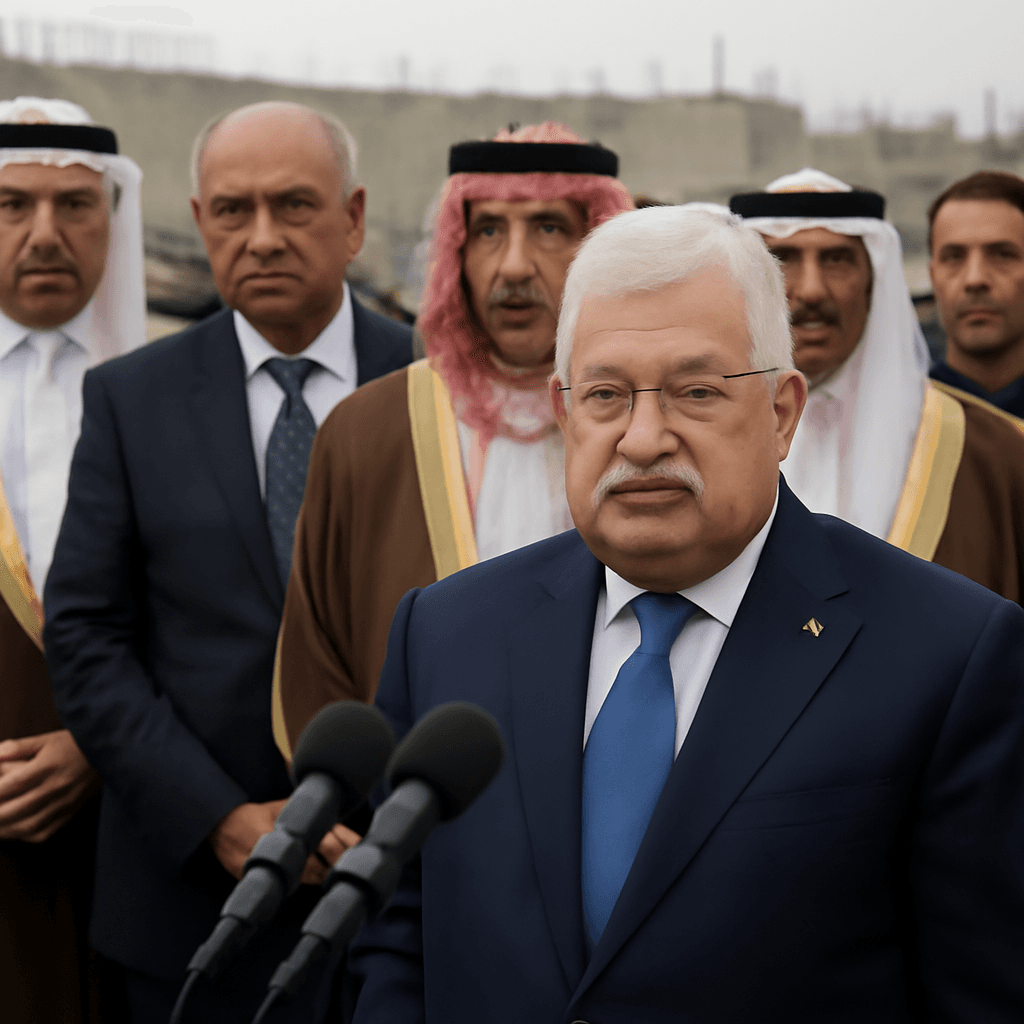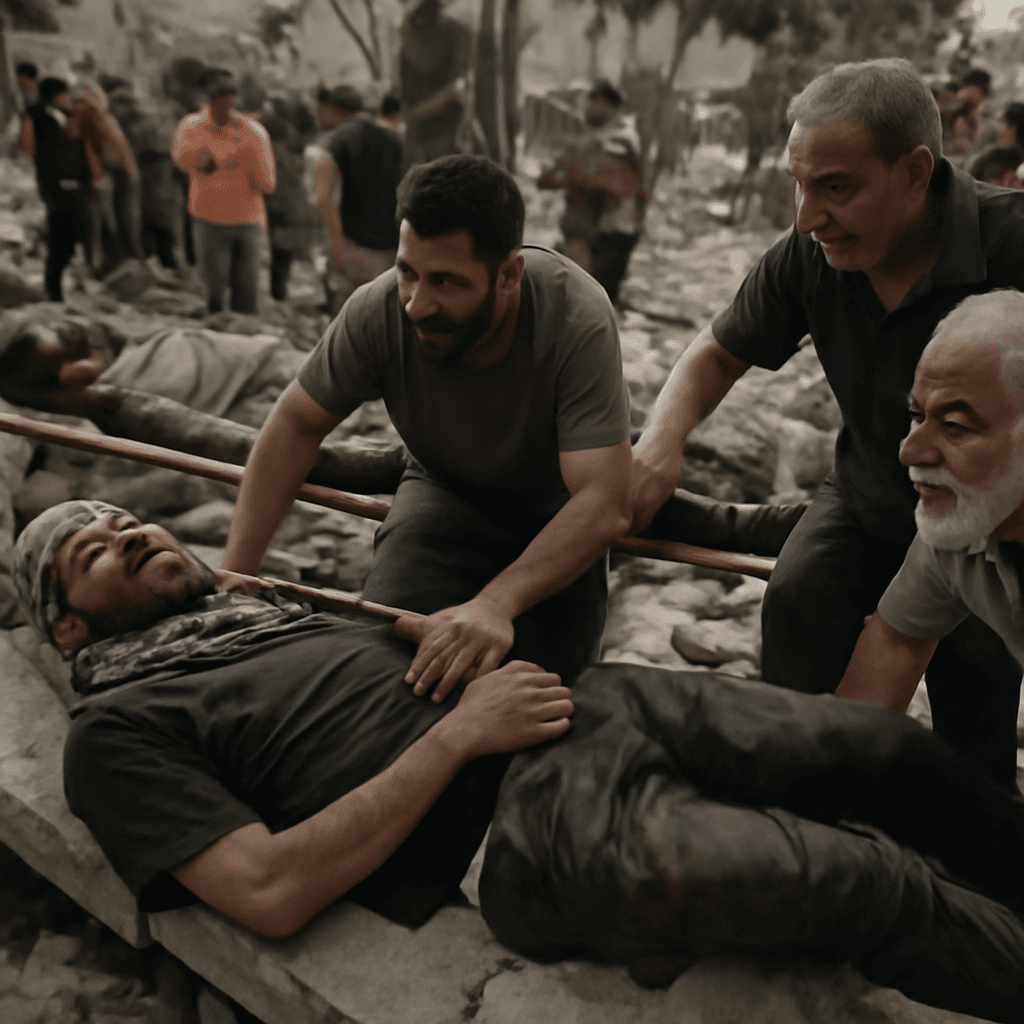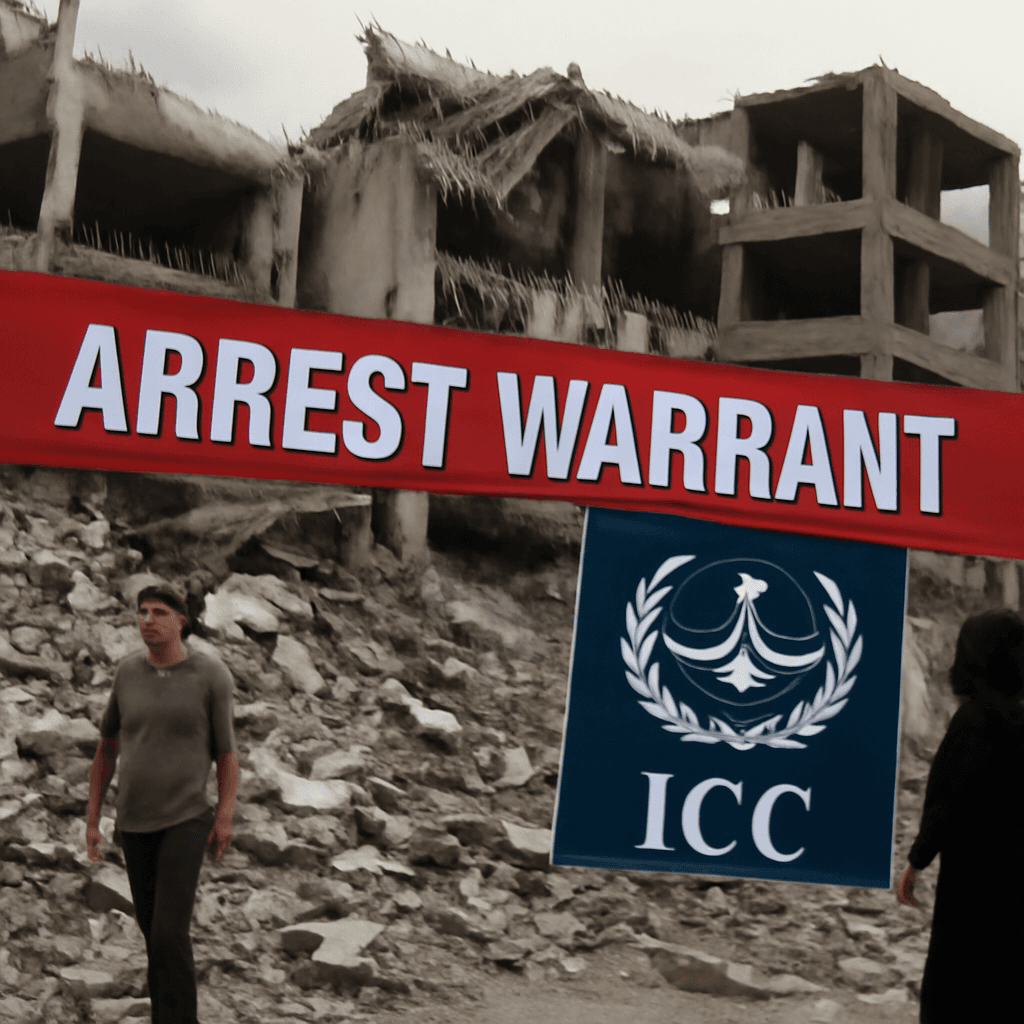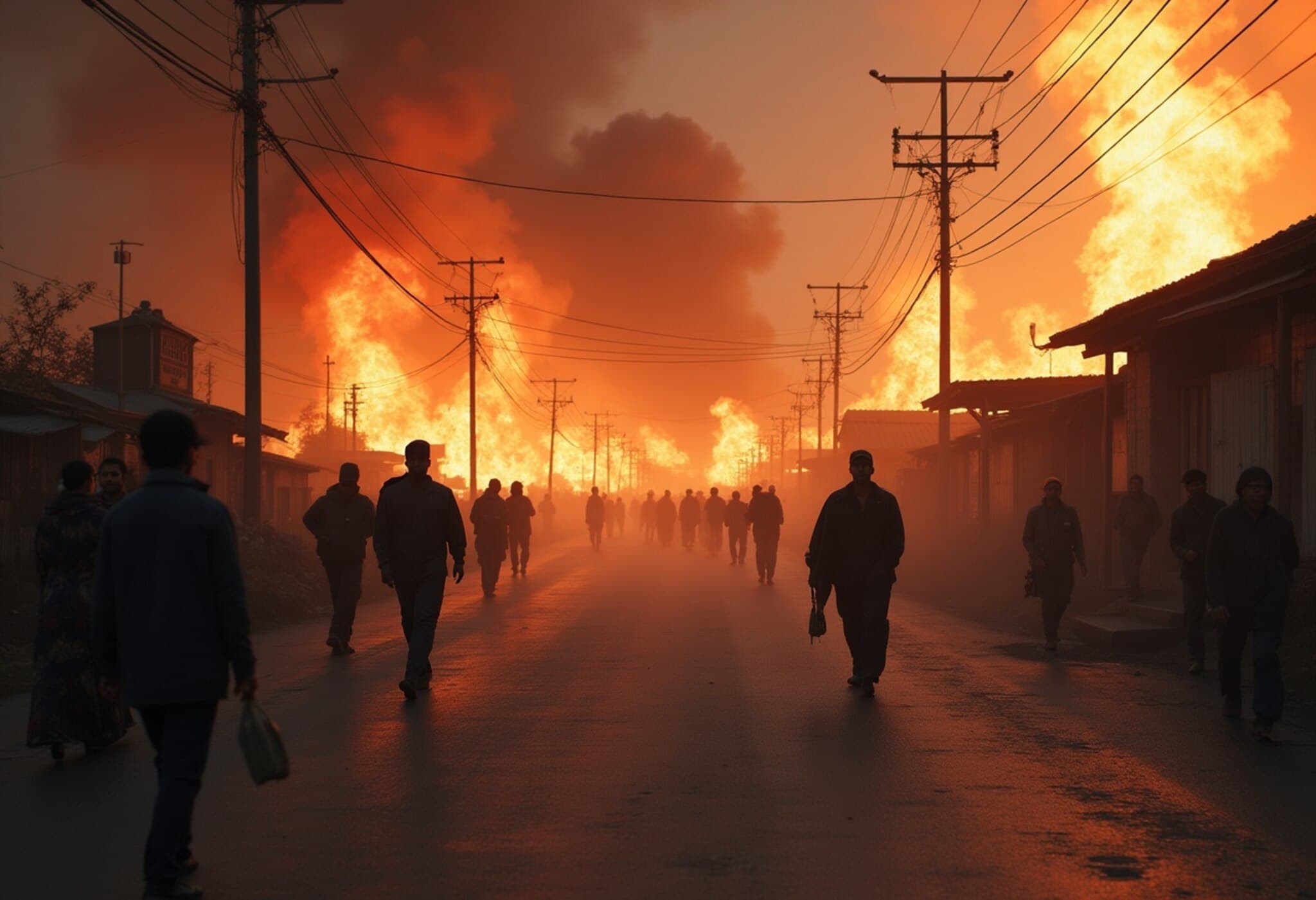Israel Steps Up Humanitarian Aid Efforts in Gaza Amid Starvation Crisis
In a critical development amid escalating humanitarian concerns, Israel has announced the launch of aid airdrops and the establishment of United Nations corridors to deliver essential supplies to Gaza. This move, declared on July 26, 2025, follows mounting global pressure as reports surged of Palestinians suffering—and dying—from starvation under a tightening blockade.
Background: An Intensifying Famine Crisis
The Gaza Strip, home to more than two million people, many displaced and highly dependent on aid, has faced severe restrictions on the entry of food and medical supplies. Experts and humanitarian organizations have long warned that these constraints could precipitate a large-scale famine. Tragically, these fears have begun to materialize, with eyewitness accounts describing a grim reality of hunger-driven deaths and widespread malnutrition—especially among children.
The Announcement and Its Implications
Israel's military announced that humanitarian aid drops would commence Saturday night, augmented by newly designated UN corridors intended to expedite relief convoys. Alongside these logistical adjustments, the Israeli defense forces will implement "humanitarian pauses" in combat around densely populated areas to facilitate safe aid delivery. However, Israel maintains that its military operations targeting Hamas will continue unabated.
Despite these assurances, Israeli authorities have denied the existence of starvation in Gaza, a claim contradicted by multiple international observers and local health officials.
The Human Cost: Fatal Incidents Near Aid Distribution Points
Reports detail at least 53 Palestinians killed on a single day by Israeli strikes and gunfire, many of whom were attempting to reach food supplies. Incidents at crossings such as Zikim in northern Gaza have turned deadly. Witnesses describe chaotic scenes where people, desperate for nourishment, were met with gunfire. Tragically, these events highlight the peril civilians face simply trying to obtain basic sustenance.
One witness, Sherif Abu Aisha, recounted the harrowing moment when what was mistaken for aid trucks turned out to be Israeli military tanks, underscoring the confusion and fear engulfing Gaza residents.
International Responses and Humanitarian Challenges
- Jordan and the UAE have called for, and begun, aid airdrops including food and infant formula, reflecting a commitment to easing the crisis.
- The United Kingdom has expressed support for these efforts and plans for medical evacuation of critically ill children.
- Yet, UNRWA’s chief Philippe Lazzarini warned that airdrops may be inefficient or even dangerous—highlighting concerns about the diversion of aid and the need to address systemic barriers to assistance.
Adding complexity, Israel claims over 250 aid trucks entered Gaza in recent days, though this falls far short of the 600 trucks daily during March's ceasefire period. Moreover, military restrictions and diminished local security—following extensive airstrikes against Hamas—hamper aid distribution.
Voices from Gaza: Struggling to Survive
Inside Gaza, the humanitarian toll is palpable. Health workers report exhaustion and malnutrition-related fatalities among children previously healthy. Local charity workers like Wael Shaaban emphasize the basic human plea: "All we want is enough food to stop starving."
Ongoing Risks and Unanswered Questions
Recent incidents such as Israeli forces boarding the activist aid boat Handala raise fresh concerns about the freedom to deliver assistance and the evolving dynamics at sea.
Internationally, over 25 nations aligned with the West alongside more than 100 aid and human rights groups are voicing calls to end hostilities, criticizing the blockade and Israel’s aid delivery approach. The UN human rights office cites over 1,000 Palestinian deaths while attempting to access aid since May, underscoring the urgent humanitarian emergency.
Expert Insight: The Complexity of Aid Delivery in Conflict Zones
Delivering aid amidst ongoing conflict presents a paradox: while humanitarian pauses and corridors symbolize hope, the persistence of hostilities continues to place civilians at extreme risk. Effective aid demands not just access but safety, accountability, and cooperation between warring parties and international actors.
From a policy perspective, this crisis raises profound ethical and legal questions about the protection of civilians under international humanitarian law, the responsibilities of occupying powers, and the limits of military necessity.
Looking Forward
The latest Israeli initiative signals a potential shift but also underscores the fragility of humanitarian relief in Gaza. The international community faces pressing questions: How can aid be scaled effectively without being weaponized? What mechanisms can guarantee safe passage and equitable delivery? And crucially, what diplomatic efforts will emerge to complement relief and seek a lasting resolution?
Editor’s Note
This unfolding tragedy in Gaza highlights the intricate intersection of military conflict, humanitarian need, and international diplomacy. While the airdrops and corridors offer tangible relief, the broader challenge remains: safeguarding human life amid profound political disputes. Readers are encouraged to consider the gravity of civilian suffering on both humanitarian and policy levels—and to watch closely how this situation evolves.










